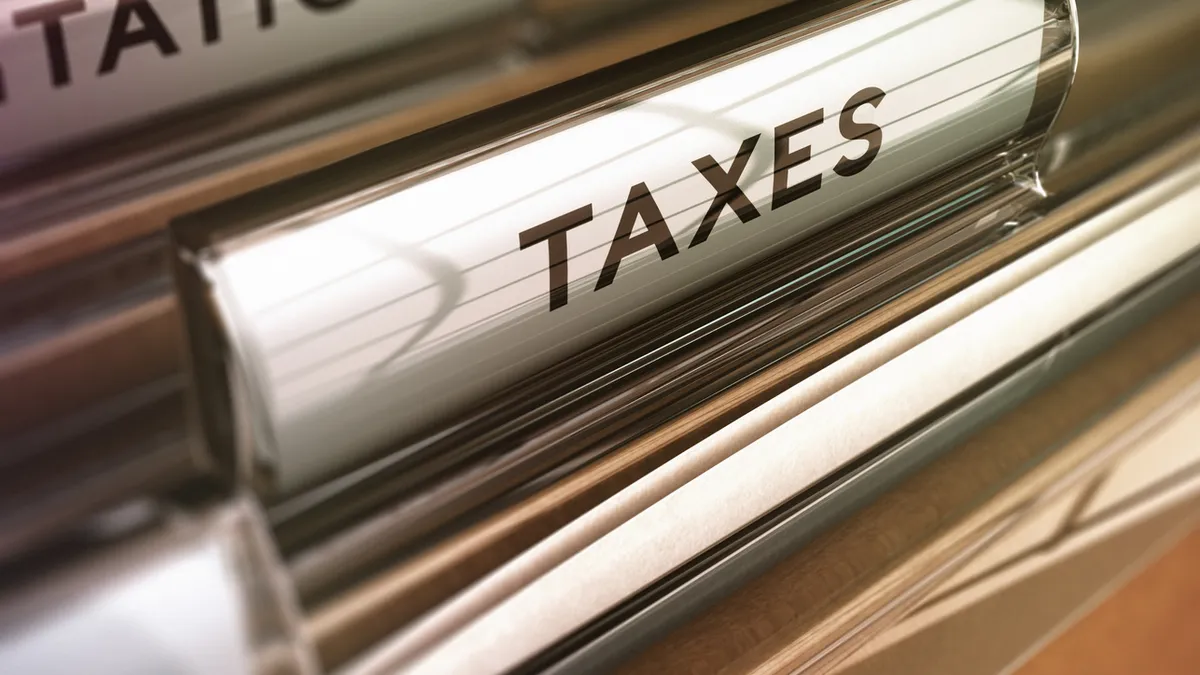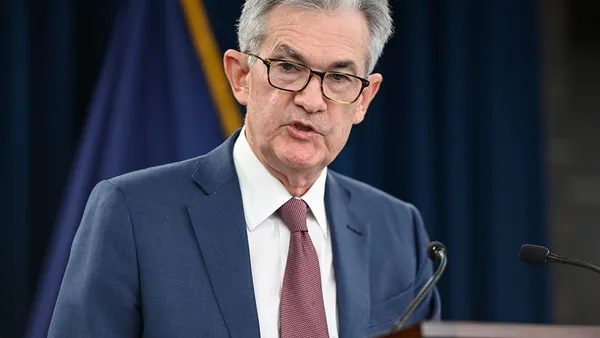In an important move for pandemic-hit businesses that took, or plan to take, a paycheck protection program (PPP) loan, the $900 billion stimulus bill set to pass this week allows companies to deduct business expenses paid for with PPP funds, even if the funds are forgiven.
Businesses have been asking to deduct PPP-paid expenses since the IRS earlier this year said it couldn't allow that if loan funds were forgiven because it would amount to a double tax benefit.
Lawmakers, in seeking to overturn the IRS ruling, said the IRS misinterpreted their intentions.
Disallowing "business deductions ... reverses the benefit that Congress specifically granted by exempting PPP loan forgiveness from income," said Rep Richard Neal (D-MA), chair of the House Ways & Means Committee, expressing a view shared widely by lawmakers on both sides of the aisle.
Allowing expense deductibility should help companies that have already received a loan as well as those that take out a PPP loan under the new legislation, which includes $284 billion for PPP. The legislation will allow past PPP recipients to take out a second loan if they can show their income dropped by at least 25% for a quarter from the previous year.
Program rules limit loans to 2.5 times a company's monthly payroll costs. At least 60% of proceeds must be used for payroll costs and other eligible expenses, including rent or mortgage payments and utilities. Loan forgiveness is tied to compliance with use restrictions. Eligibility is restricted to companies with fewer than 500 employees, although for companies wanting to take out a second loan, eligibility is limited to those with up to 300 employees.
Extended retention credit
The bill includes an extension of and improvements to the employee retention tax credit, although details hadn't been made available by Monday afternoon.
According to bill summaries, the tax credit is expected to work more in tandem with the payroll tax deferral enacted at the start of the pandemic. This could allow businesses to take both the credit and the deferral, which couldn't be done before. It might also work more in tandem with PPP loans.
The tax credit is fully refundable and worth up to 70% of qualified wages, up to $10,000 per employee. It's limited to companies continuing to pay employees who haven't been able to work because of stay-at-home mandates, or that have been hit with at least a 50% drop in gross receipts.
Tax experts have cautioned against taking the credit in tandem with the payroll tax deferral, which permits companies to defer the employer's portion of employees' payroll tax deduction. The deferred tax gets paid back in 2021 and 2022.
Many companies have opted against taking the deferral because of the administrative requirements and potential liability it imposes, as well as the repayment burden it creates.
Another tax benefit expected to be included is a temporary restoration of the full business meal deduction. The 2017 tax overhaul reduced the deduction, but it would be restored to 100% through 2022.
Fed commitments
The bill is expected to extend through the first quarter of 2021 Treasury commitments to support lending facilities the Federal Reserve launched at the beginning of the pandemic to help ensure liquidity in credit markets.
Not all Fed facilities will continue to get Treasury support. The bill includes language revoking remaining Treasury funding previously provided to backstop credit losses under some of the facilities, including one that funds the Main Street Lending Program, which is intended for small and mid-sized businesses.
The Main Street Lending Program hasn't received a lot of business, although in recent weeks it's seen its most extensive use and has now made about $10 billions in loans.
Household help
The bill's showcase is its direct household assistance and unemployment insurance boost. The bill is expected to provide a $600 one-time payment to each person in a household, excluding dependent adults and older kids. The extra unemployment insurance is $300 a week for up to 11 weeks.




















